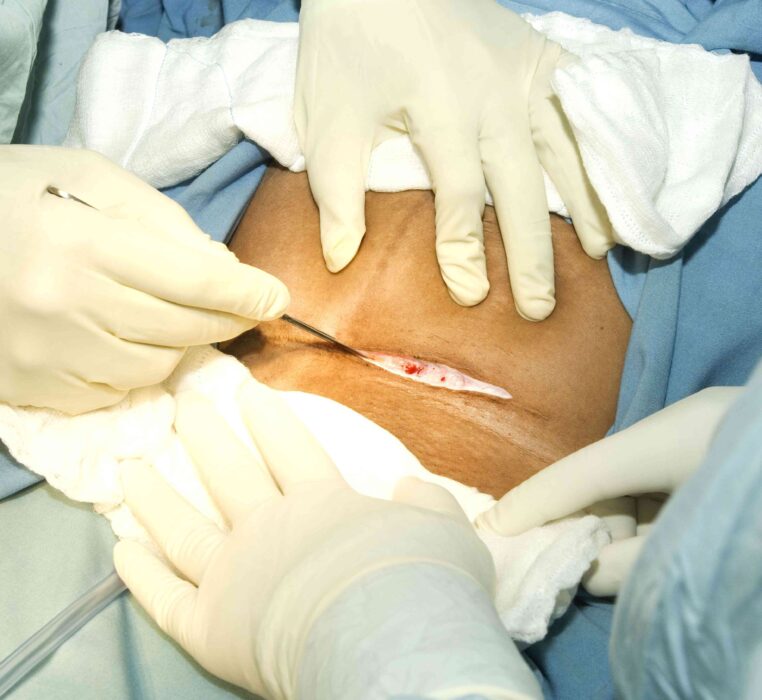
C-section/ delivery
Understanding C-Section Delivery: A Comprehensive Overview
Introduction
A Cesarean section, commonly known as a C-section, is a surgical procedure used to deliver a baby through incisions made in the mother’s abdomen and uterus. While it may sound intimidating, it is a common and often necessary option for childbirth. In this article, we’ll explore what a C-section involves, why it may be recommended, and what you can expect if you have one.
What is a C-Section?
A C-section involves two main incisions: one in the abdomen and another in the uterus. This procedure allows the baby to be delivered without passing through the birth canal. The surgery is typically performed in a sterile operating room with the mother under either regional anesthesia (such as an epidural or spinal block) or general anesthesia, depending on the situation and preferences.
Reasons for a C-Section
There are several reasons why a healthcare provider might recommend a C-section:
- Medical Necessity: If the baby is in distress, or if there are complications such as placental abruption (where the placenta separates from the uterine wall), a C-section might be the safest option.
- Breech Presentation: If the baby is positioned feet-first or buttocks-first instead of head-first, a C-section can often be the safest way to deliver the baby.
- Multiple Births: In cases of twins or higher-order multiples, a C-section may be recommended to minimize risks for both the mother and babies.
- Previous C-Section: If a mother has had a previous C-section, especially if the incision was a classic vertical one, future deliveries might be done via C-section to avoid complications.
- Obstructed Labor: Sometimes, the labor process can stall, or the baby might not be able to move through the birth canal due to size or positioning issues.
- Maternal Health Conditions: Conditions such as severe preeclampsia or active genital herpes can make a C-section the safer option for delivery.
The Procedure
Before the procedure, the healthcare team will prepare the mother by inserting a catheter into her bladder and administering anesthesia. A surgical team consisting of an obstetrician, a surgical nurse, and an anesthesiologist will be present.
- Incision: The procedure begins with an incision made through the skin of the abdomen, usually horizontally just above the pubic hairline, though a vertical incision may be used in certain cases.
- Uterine Incision: Once the abdominal incision is made, the surgeon will carefully open the uterus, often making a horizontal cut in the lower part of the uterus.
- Delivery: The baby is then gently lifted out through the incision. The umbilical cord is clamped and cut, and the baby is taken to be examined and cleaned.
- Closure: After the baby is delivered, the healthcare team will remove the placenta and then close the uterine incision with stitches. The abdominal incision is also closed, usually with stitches or staples.
Recovery and Post-Operative Care
Recovery from a C-section typically takes longer than recovery from a vaginal delivery due to the nature of the surgery. Here’s what to expect:
- Hospital Stay: Most women stay in the hospital for about 3-4 days after a C-section, though this can vary. During this time, medical staff will monitor the mother’s recovery and provide pain management.
- Pain Management: Pain after a C-section is managed with medication. The mother may experience soreness at the incision site and discomfort from the abdominal muscles healing.
- Physical Activity: It’s important to follow the healthcare provider’s advice on physical activity. While walking is encouraged to promote healing and reduce the risk of blood clots, heavy lifting and strenuous activities should be avoided initially.
- Wound Care: Keeping the incision area clean and dry is crucial. The healthcare provider will give specific instructions on how to care for the incision to prevent infection.
- Emotional Well-being: Postpartum emotions can be intense, and some women may experience feelings of sadness or anxiety. It’s important to communicate with healthcare providers if these feelings become overwhelming.
Potential Risks and Complications
Like any surgery, a C-section comes with potential risks:
- Infection: There is a risk of infection at the incision site or within the uterus.
- Hemorrhage: Excessive bleeding can occur, though it is generally well-managed by medical staff.
- Adhesions: Scar tissue may form inside the abdomen, which can cause complications in future pregnancies or surgeries.
- Extended Recovery: Recovery may be longer compared to vaginal delivery, which can affect the mother’s ability to care for her newborn immediately.
- Breathing Issues for Baby: Babies born via C-section may have a higher risk of breathing problems, especially if the procedure is done before 39 weeks of pregnancy.
Long-Term Considerations
After recovery, a C-section might influence future pregnancies. Some women may opt for a vaginal birth after cesarean (VBAC) if their healthcare provider deems it safe. It’s essential to discuss any plans for future pregnancies with your healthcare provider to determine the best approach based on individual health and previous birth experiences.
